
The Presidio of San Francisco is a park and former U.S. Army post on the northern tip of the San Francisco Peninsula in San Francisco, California, and is part of the Golden Gate National Recreation Area.

Lucius Roy Holbrook was a major general who commanded the United States Army's Philippine Department from 1936 to 1938.

San Francisco National Cemetery is a United States national cemetery, located in the Presidio of San Francisco, California. Because of the name and location, it is frequently confused with Golden Gate National Cemetery, a few miles south of the city.

Walter Scribner Schuyler was a career officer in the United States Army. A veteran of the American Indian Wars, Spanish–American War, Philippine–American War, and Mexican Border War, he attained the rank of brigadier general. A Cavalry officer, he carried out several high profile command assignments over the course of his military service, including the 5th Cavalry Regiment and Military District of Hawaii.

Charles Austin Coolidge, Jr. was a United States Army soldier who served in the American Civil War, the American West, Spanish–American War, and in Asia before retiring in 1903 as a brigadier general.
Edward Otho Cresap Ord, II was a United States Army Major who served with the 22nd Infantry Regiment during the Indian Wars, the Spanish–American War and the Philippine–American War. He helped direct relief work after the 1906 San Francisco earthquake. He was a military instructor, an expert linguist and spent time in painting and writing poetry. He was also an inventor who patented a new type of gold pan and different types of rifle and handgun sights.
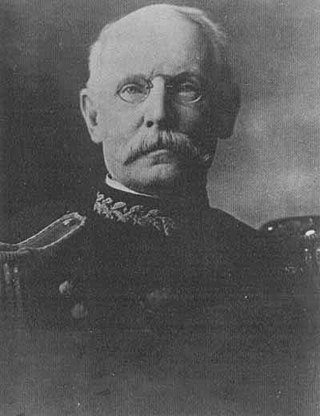
Brigadier General George Henry Torney was a physician in the United States Navy and Army who served as the 21st Surgeon General of the United States Army.

Walter Lawrence Reed was a major general in the United States Army who served as Inspector General of the Army from 1 December 1935 to 23 December 1939. His father was Army Medical Corps officer Major Walter Reed, namesake of the Walter Reed Army Medical Center. He was born in Fort Apache, Arizona, and moved to Washington, D.C., where he spent most of his early life. Reed fought in the Spanish–American War and traveled across the country and to the Panama Canal Zone. He then began working as an inspector during World War I and became the inspector of Base Section Number 5 in February 1919 then worked in the American Expeditionary Forces office. For his work he earned the Distinguished Service Medal. Reed attended various military schools before returning to the Inspector General's department. In 1935 he became the inspector general of the United States Army. He retired in 1940, but was recalled to active duty during World War II, filling a role in the War Department until 1946. Reed died in the Walter Reed Army Medical Center in 1956.
Gladys Cox Hansen was an American librarian, archivist and author. She was an expert on the history of San Francisco and the 1906 San Francisco earthquake.
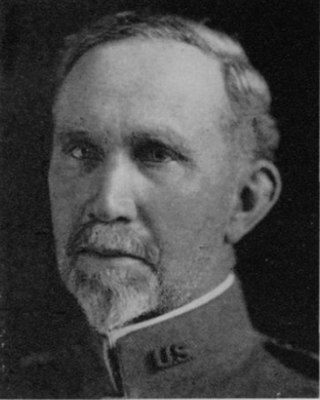
William C. Davis was a career officer in the United States Army. A veteran of Spanish–American War, Philippine–American War, Boxer Rebellion, World War I, he attained the rank of major general and was a recipient of the Army Distinguished Service Medal. Davis was most notable for his First World War command of the 31st Heavy Artillery Brigade, 32nd Heavy Artillery Brigade, and the V Corps Artillery.
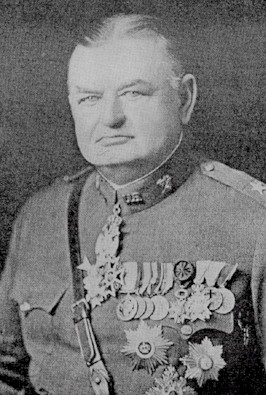
Charles Rieseck Krauthoff was the depot commissary officer at the Presidio during the 1906 San Francisco earthquake and later an American brigadier general during World War I.
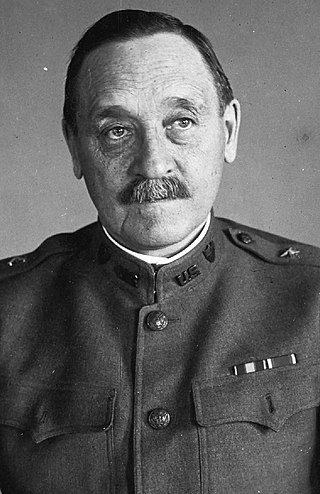
Eugene Frederick Ladd was a career officer in the United States Army. He attained the rank of brigadier general during while on the staff of the Office of the U.S. Army Adjutant General during World War I.

Marcus Peter Miller was a career officer in the United States Army. A Union Army veteran of the American Civil War and a U.S. Army veteran of the American Indian Wars, Spanish–American War, Philippine–American War, he served from 1858 to 1899, attained the rank of brigadier general, and was commended for gallantry during several Civil War battles, the Modoc War, Nez Perce War, and the Iloilo campaign of the Philippine–American War.
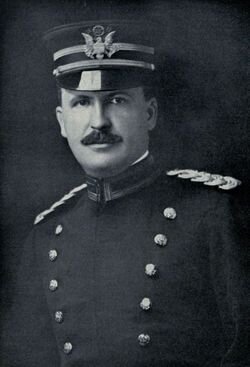
Charles Trumbull Boyd was an American captain who was most notable for his service and death in the Battle of Carrizal in the Mexican Revolution.

George Kennedy McGunnegle was a career officer in the United States Army. He received a direct commission from civilian life in 1873, and served until retiring 1918. McGunnegle attained the rank of colonel and was a veteran of the American Indian Wars, Spanish–American War, United States Military Government in Cuba, Philippine–American War, and World War I. He was most notable for his service in command assignments including the 1st Infantry Regiment and the Fort McDowell Recruit Depot in California.

Alfred E. Bates was a career officer in the United States Army. A veteran of the American Civil War, American Indian Wars, and Spanish–American War, he attained the rank of major general and was best known for his service as Paymaster-General of the United States Army from 1899 to 1904.

Charles G. Sawtelle was a career officer in the United States Army. A veteran of the American Indian Wars and American Civil War, he served from 1854 to 1897 and attained the rank of brigadier general while serving as Quartermaster General of the United States Army.

John Fitz Madden was a career officer in the United States Army. A veteran of the U.S. response to the Garza Revolution, Spanish–American War, United States Military Government in Cuba, Philippine–American War, Pancho Villa Expedition, and World War I, he attained the rank of brigadier general and was a recipient of the French Legion of Honor (Officer) for his First World War service. Madden served in both high level staff positions, including chief quartermaster of the Pancho Villa Expedition, and important commands, including the 26th Infantry Regiment and the Hawaiian Division's 21st Infantry Brigade.
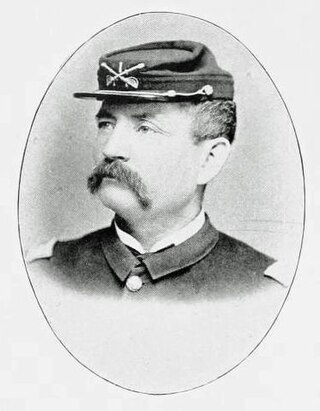
Henry Carroll was an American brigadier general of the American Civil War and the Spanish–American War. He was known for commanding the 1st Brigade of the Cavalry Division during the Battle of San Juan Hill but was wounded during the battle and had to be succeeded by Brigadier General Samuel S. Sumner.

Daniel W. Hand was a career officer in the United States Army. A veteran of the Spanish–American War, Philippine–American War, Pancho Villa Expedition, and World War I, Hand attained the rank of brigadier general and was a recipient of the Army Distinguished Service Medal and Silver Star. He was best known for his command of Field Artillery units including the Department of Firing at the United States Army Field Artillery School and several Field Artillery regiments.


















